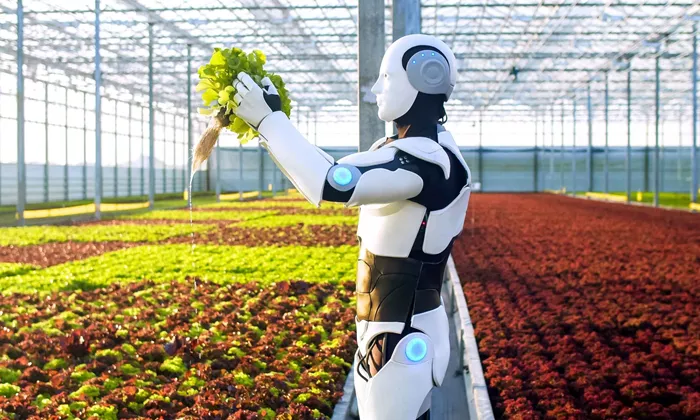Scientists are using artificial intelligence (AI) to decode plant DNA in a way never done before. Large language models, the same technology behind understanding human language, now read genetic sequences like words. This approach reveals hidden patterns that older methods could not detect.
A recent study led by Dr. Meiling Zou from Hainan University explains how these language-based AI models analyze vast plant genomes with impressive accuracy. The research shows that AI can uncover important gene functions and regulatory elements by treating DNA sequences like a language.
Dr. Zou said, “By comparing genomic sequences to natural language, AI models can decode complex genetic information. This gives us new insights into how plants work.”
Researchers see DNA as a form of writing. This perspective helps AI interpret large and complicated genetic data better than traditional tools. These AI models process huge datasets faster and require fewer manual labels. This means scientists can study more plants, including those less researched, with fewer resources.
Plant DNA is very complex. It contains many repeated sections and large stretches of DNA that don’t code for proteins. This complexity makes it hard to analyze billions of DNA bases and to understand interactions across distant parts of the genome. Older methods often looked at small sections and missed key signals.
Language-based AI models link distant DNA regions. This reveals how genes work together to control plant traits like growth and adaptation. Now, researchers are focusing on tropical plants that survive in hot, humid climates. These plants may hold genes that help with stress tolerance. Studying their DNA could lead to new ways to improve crops worldwide.
Dr. Zou noted, “This breakthrough could speed up crop improvement, protect biodiversity, and strengthen global food security.”
AI first made strides in human and animal genetics. Now, it is moving into plant genetics. By training on large, diverse genomic datasets, these AI systems can adapt to crop-specific tasks. They can predict gene activity and find regulatory elements linked to important traits, like disease resistance. This may reduce the time and cost needed to breed better crops.
Plant genomics often works together with other fields like proteomics and transcriptomics. AI language models combine these different data types. They detect links older methods might miss. Improving gene annotations and cleaning genome references will make AI predictions even more accurate. Standardized protocols help unify data from many sources, enabling large-scale multi-omics studies.
The growth of open-access plant genome databases is also vital. Platforms such as Phytozome, Gramene, and TAIR provide genomic and trait data from hundreds of plant species, including algae, rice, and cotton. These rich datasets give AI models more context to learn from. Techniques like transfer learning help models quickly adapt, even with limited labeled examples.
This AI-driven approach promises to transform plant science and agriculture, opening new paths to feed a growing world population sustainably.


